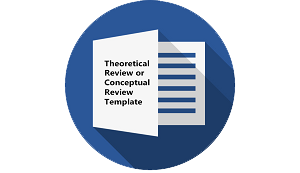
- MAIN MENU
- Focus and Scope
- Editorial Board
- Reviewer
- Indexing
- Tools
- Author Guidelines
- Peer Review Process
- Publication Ethics
- Plagiarism Screening
- Article Processing Charge

- Contact US
- Information
- For Readers
- For Authors
- For Librarians
- Copyright Notice
- Open Access Policy
- Withdrawal of Manuscripts
- Retraction
- Digital Archiving
- Journal History
- Current Issue
- Atom logo

- RSS2 logo

- RSS1 logo













